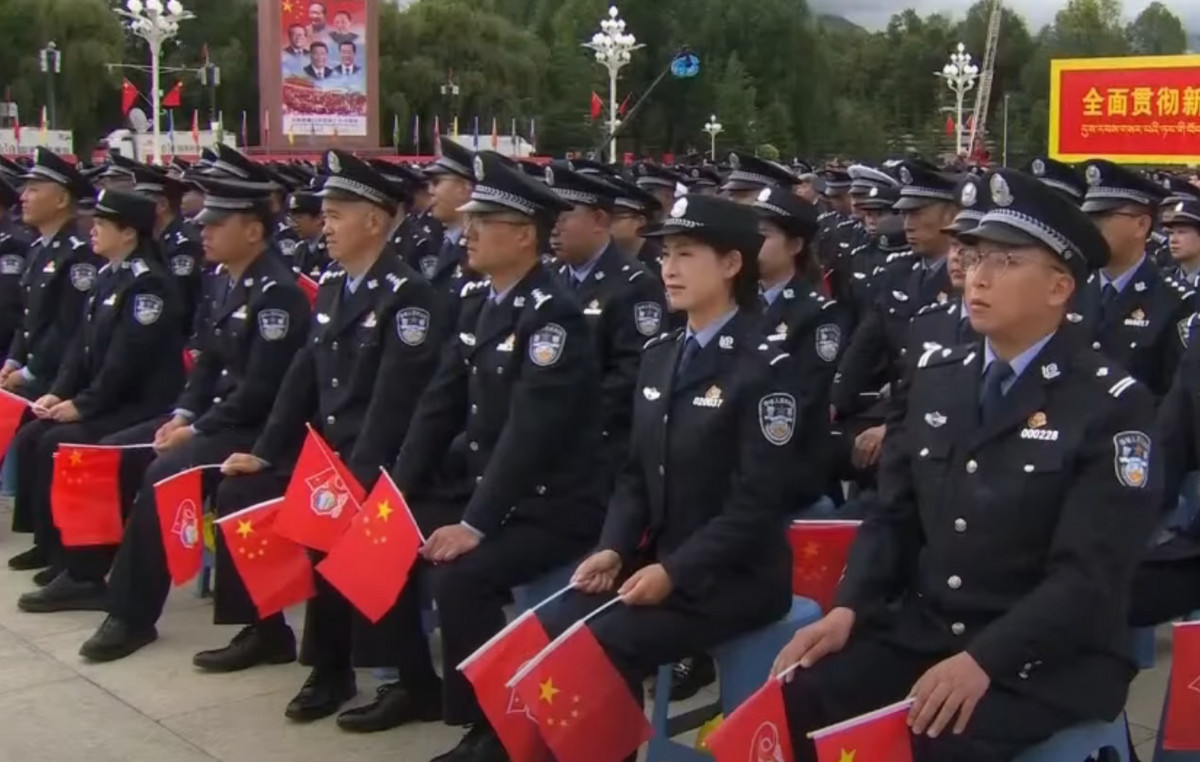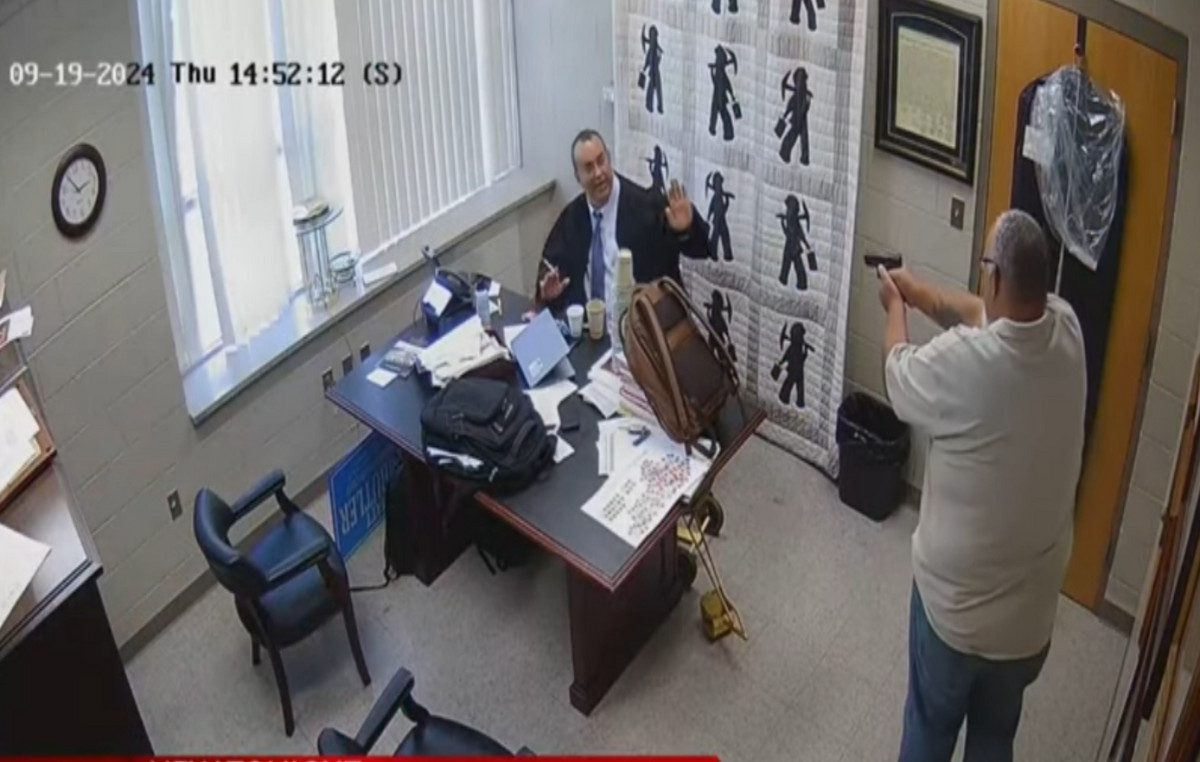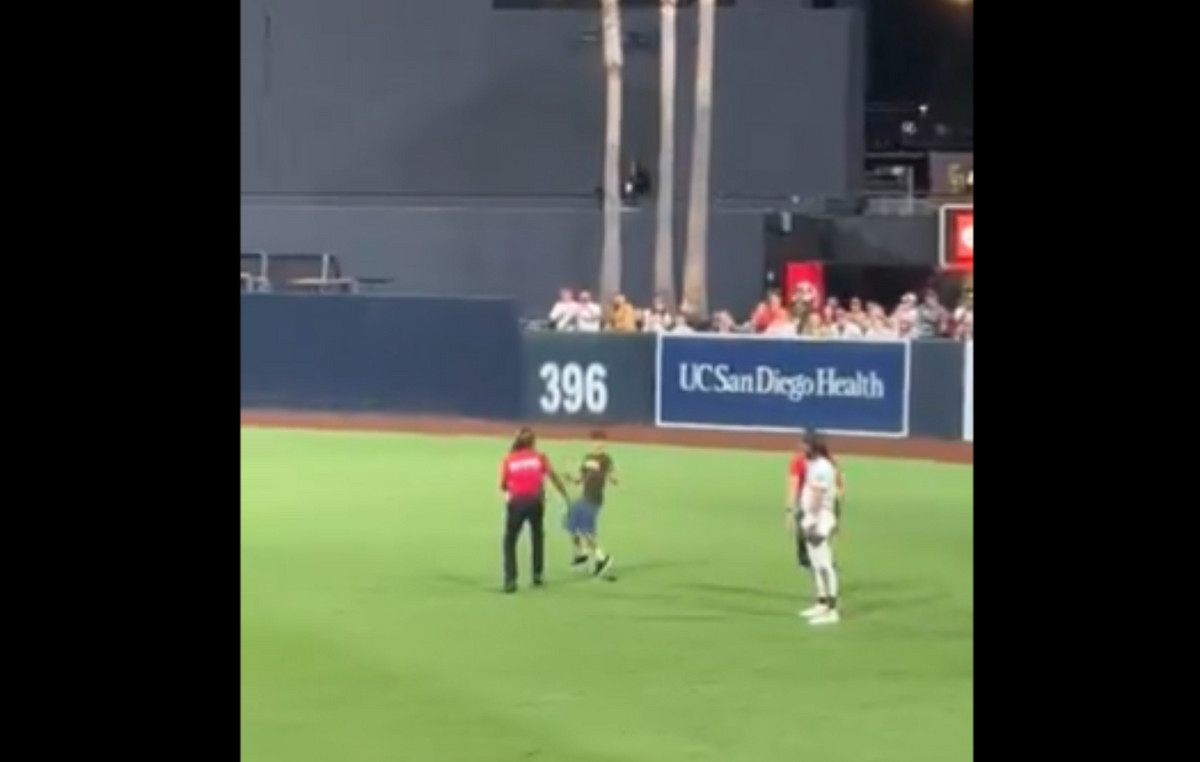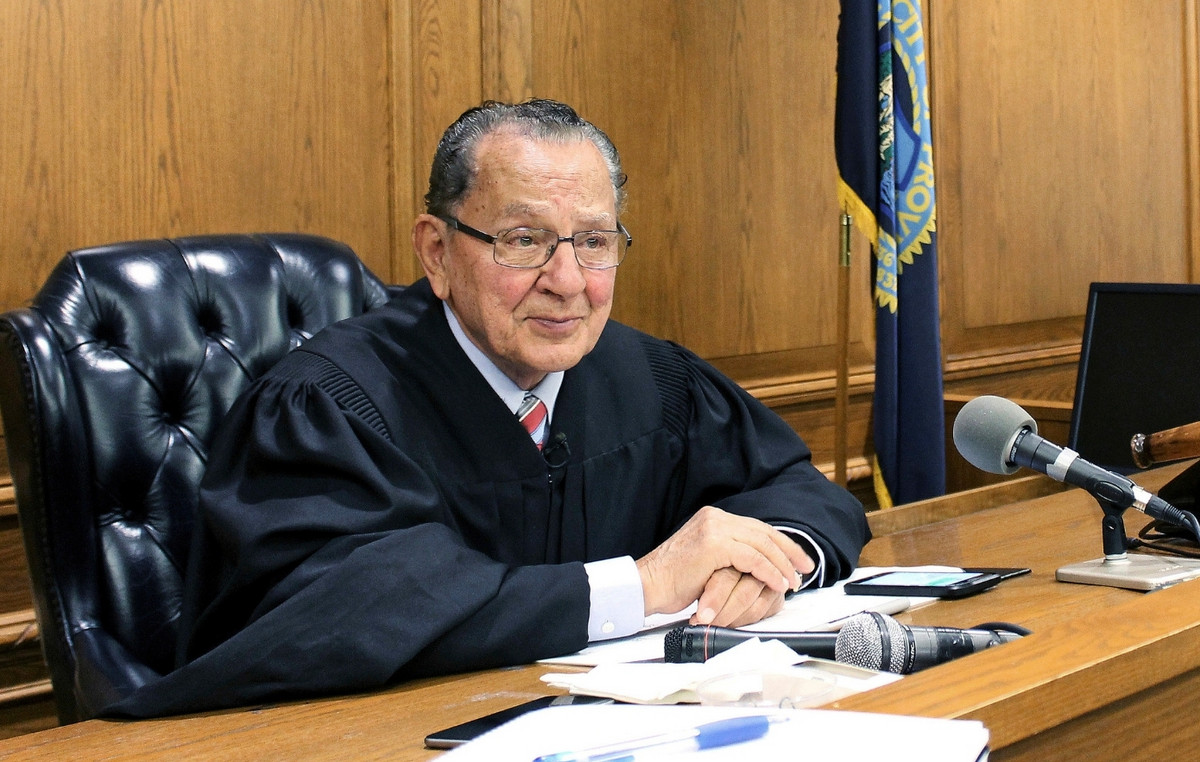From modão to university country music, the genre that has been one of listeners' favorites on digital platforms and has been renewed over generations has revealed idols known throughout the country. Names like Chitãozinho and Xororó and Zezé Di Camargo and Luciano have become eternal through some songs, but many fans may not know important information about these artists: their real name.
It is nothing new that at the beginning of their career, certain singers assume a stage name, which may or may not coincide with their first name. In the case of country artists, such as the duo Maiara and Maraisa, the sisters who have already formed a musical partnership, Simone and Simaria, and the singer who was nicknamed “Queen of the Country”, Marília Mendonça, none of them adopted a name different way to pursue a career on stage.
The twins, for example, were registered as Maiara Carla Henrique Pereira and Carla Maraísa Henrique Pereira. Unlike this, most of the male voices known for their classics were registered with names very different from their artistic ones.
Chitãozinho and Xororó became known at the beginning of their careers as the Lima Brothers, mentioning the duo's real surname. In fact, some artists sometimes adopt their last name to keep it in the knowledge of their fans.
See below a complete list of real names of country people:
Chitãozinho and Xororó
From the name of the bibliographic series, launched last year by Globoplay, “As Aventuras de José e Durval”, it is understood that the country duo Chitãozinho and Xororó chose artistic names to continue their career. This is because the artists' real names are José Lima Sobrinho and Durval de Lima, respectively.
The idea for the change came from the song “Chitãozinho e Xororó”, written by Serrinha and Athos Campos, which tells the story of two birds, the inhambu-chintã (Crypturellus tataupa) and the inhambu-chororó (Crypturellus parvirostris). Chitãozinho became known as this because the inhambu-chintã bird is larger and because it sings louder and more acutely.
Gusttavo Lima
Gusttavo Lima is actually Nivaldo Batista Lima. The country singer used his real first name at the beginning of his career, but he did not stand out in his hometown, Presidente Olegário (MG). Years later, already in Brasília (DF), he was advised by his manager to choose a stage name and kept only his last name.
After singing in bars, he moved to Goiânia (GO), where he finally broke through with the success “Balada”, a song released in 2011, which became known for the verse “Tchê Tchê Tchêrerê Tchê Tchê”.
Henry & Juliano
Born in Palmeirópolis (TO), the brothers Henrique & Juliano, were registered as Ricelly Henrique Tavares Reis and Edson Alves dos Reis Junior. Encouraged by their father, the duo began performing at small festivals in the region until they recorded hits that exploded onto the country's radio stations, such as “Não Tô Valendo Nada” and “Recaídas”.
With a strong friendship with Marília Mendonça, one of Henrique & Juliano's most classic hits was the song “Flor e o Beija-Flor”, featuring the late singer.
Bruno e Marrone
After starting their career in Goiânia (GO) and becoming known in the 90s, the duo Bruno and Marrone attracted a crowd of fans with songs like “Boate Azul”. But the artists' real names are actually Vinicius Félix de Miranda and José Roberto Ferreira.
Regarding the choice of artistic names, Bruno has already revealed that they took around three months to decide, as the formation of José Roberto and Vinicius would be common for the time. He also said that the chosen suggestion came from his stage partner, Marrone.
Zezé di Camargo and Luciano
The brothers who formed one of the best-known country duos in the country were registered as Mirosmar José de Camargo and Welson David de Camargo. To begin their artistic career together, they chose the names Zezé Di Camargo and Luciano, although Zezé had previously formed a duo with another brother.
The singer began trying to pursue a career alongside his brother Emival, who died in a car accident at the age of 11. At the time, they had the stage name Camargo and Camarguinho, and in the future, when Welson took Emival's place in the duo, they opted for a new formation.
Leonardo
The singer Leonardo is actually called Emival Eterno da Costa, and he began his career as a duo with his brother, Leandro, who was registered as Luís José da Costa. The partnership was broken up in 1998, when Leandro died of lung cancer.
The duo was part of the “Amigos” formation, alongside Chitãozinho and Xororó and Zezé Di Camargo and Luciano. Although they considered replacing the singer for the performances they would do together, they changed their minds and Leonardo also pursued a solo career.
Rionegro and Solimões
Representatives of the country roots, the duo Rionegro and Solimões also chose artistic names that were different from their real ones. They are actually José Divino and Luiz Felizardo. The choice of formation would have been made based on the meeting of the Negro and Solimões rivers, near Manaus (AM), which results in the pororoca phenomenon.
Eduardo Costa
Singer Eduardo Costa's real name is Edson Vander da Costa Batista. Born in Belo Horizonte (MG), when choosing his stage name, he chose to keep one of his surnames and became known for songs such as “Amor de Violeiro” and “Não Preciso de Você”.
Zé Neto and Cristiano
Born in São José do Rio Preto (SP), Zé Neto and Cristiano were actually registered as José Toscano Martins Neto and Irineu Táparo Vaccari. Currently, the duo has 12.9 million monthly listeners on Spotify and are among the names that represent the style of suffering in their songs.
Marcos & Belutti
Friends who came together to form a duo, Marcos & Belutti are Leonardo Prado de Souza and Bruno Belucci Pereira. When they got together to choose the artistic name for the partnership, they both had the help of Bruno, from the duo Bruno and Marrone. The revelation was made by Marcos to “Sai da Caixa”, on UOL.
Source: CNN Brasil
I’m Robert Neff, a professional writer and editor. I specialize in the entertainment section, providing up-to-date coverage on the latest developments in film, television and music. My work has been featured on World Stock Market and other prominent publications.







